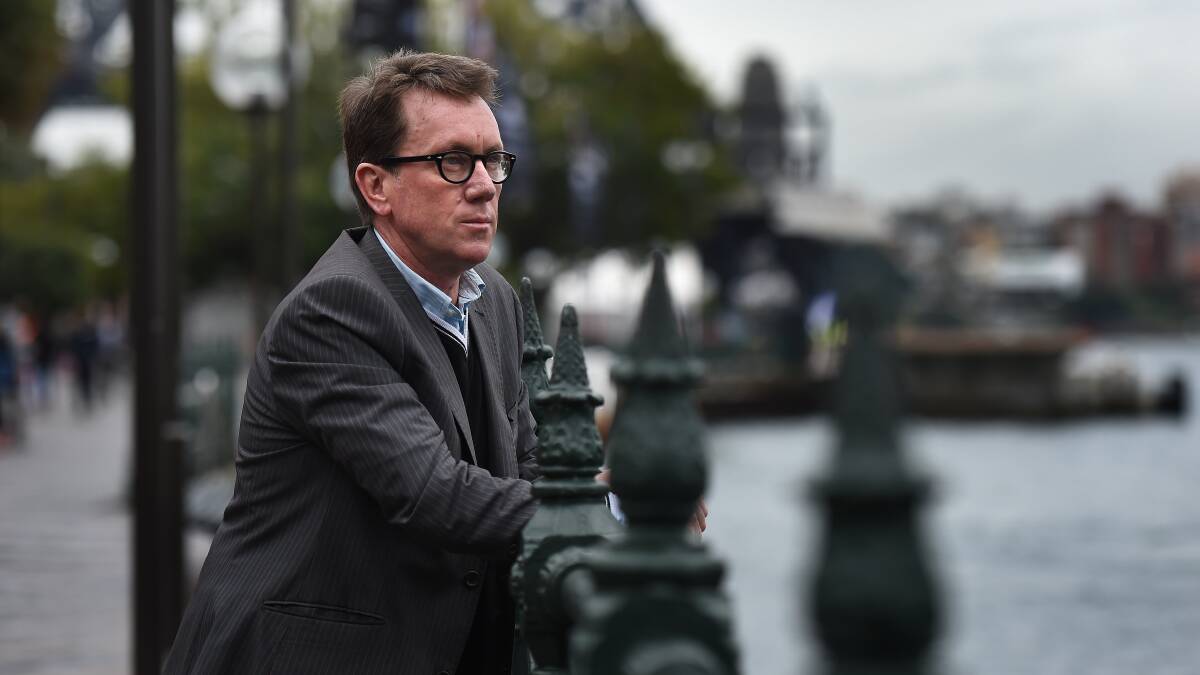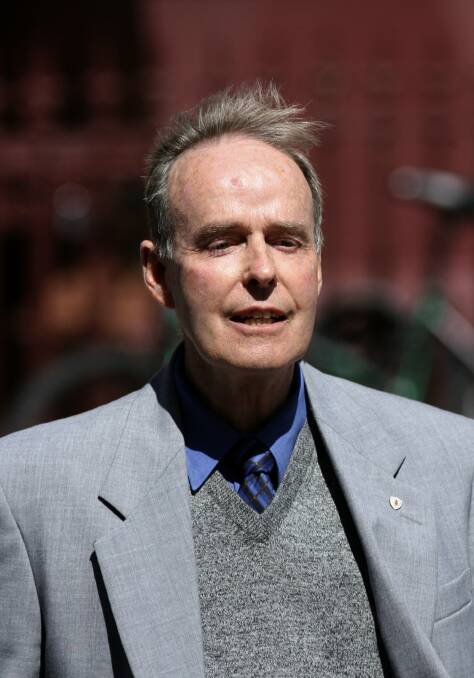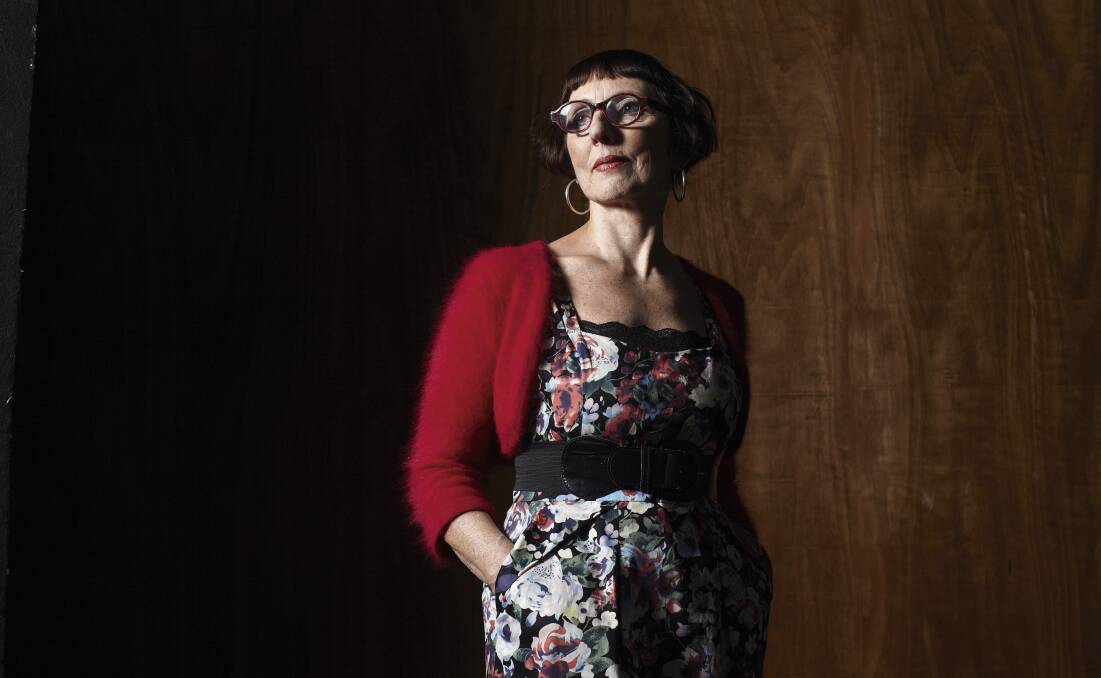
THE national redress scheme for child sexual abuse survivors is overly legalistic, insensitive, bureaucratic and risks alienating the people it was meant to support, said a prominent survivor as a Senate inquiry prepares to hear evidence in Sydney today about widespread concerns.
Subscribe now for unlimited access.
$0/
(min cost $0)
or signup to continue reading
Survivor and barrister James Miller has called for urgent reforms, including changes to a controversial assessment “matrix” linking financial payouts to types of abuse, contrary to a Royal Commission into Institutional Responses to Child Sexual Abuse recommendation for redress to be based on the severity and impact of abuse.
Mr Miller, who recently received a substantial settlement from the Catholic Church after he was sexually abused by priest Tom Brennan at St Pius X, Adamstown, said a requirement for claimants to sign statutory declarations warning of jail for making false statements was “misplaced legalism” that would discourage many people.
“It has to go,” he said in a statement after investigating redress scheme requirements that came into effect on July 1, and which survivor groups and lawyers have told a Senate inquiry run contrary to royal commission recommendations.
The statutory declaration process also potentially involved survivors having to disclose their abuse to justices of the peace and other authorised persons required to sign the forms, which Mr Miller slammed as “utterly insensitive”, “entirely unnecessary” and “technically inappropriate” because the 46-page registration document included asking claimants to give opinions.

“The redress scheme was never intended to provide full compensation to survivors. In the words of the royal commission, monies paid under the scheme are meant just as a tangible recognition of that hurt and injury. Yet, the scheme is failing to deliver on even this modest objective,” he said.
“Of the royal commission’s many fine recommendations, the one which promises tangible benefit to the large population of survivors is the national redress scheme. However, as we approach the event which is proposed to add symbolic recognition, the national apology to be delivered by the prime minister on October 22, the redress scheme has fallen under significant and deserved criticism.”
A joint select committee considering implementation of the scheme will hear evidence today from the Australian Lawyers Alliance, survivor groups Blue Knot Foundation and Care Leavers Australia Network, the Office of the Commonwealth Ombudsman, Department of Social Services and survivor support group knowmore, which has received $37.9 million in funding over three years to provide legal support to survivors.
In a submission the group told the inquiry it had received more than 100 survivor calls a day since July 1. While it acknowledged “open and frank conversations” between knowmore, the Department of Social Services and other providers since the scheme’s rollout, urgent action was needed to address significant concerns, the group said.
The redress scheme was never intended to provide full compensation to survivors. In the words of the royal commission, monies paid under the scheme are meant just as a tangible recognition of that hurt and injury. Yet, the scheme is failing to deliver on even this modest objective.
- Barrister and child sex survivor James Miller
Knowmore also called for a legislated review of the scheme from July, 2020 to be “actioned as soon as possible”, after concerns about exclusions, counselling, the $150,000 cap, the statutory declaration, the assessment matrix and funder of last resort arrangements it said were contrary to royal commission recommendations.
“To a large extent the national redress scheme is embarking on uncharted territory as the largest scheme of this nature ever implemented in the world, and inevitably issues and improvements will be identified as it unfolds,” knowmore said.
The group told the Senate inquiry current legislation does not go far enough to encourage non-government institutions to opt in.
In a submission to the inquiry the Anglican Church of Australia said it did not support the assessment framework which linked survivor payments to whether abuse was penetrative, contact or exposure, rather than the severity and impact of the abuse as recommended by the royal commission.
Prominent lawyer and researcher Dr Judy Courtin said the assessment matrix made distinctions between types of abuse which were “fictitious and wholly unjust”.

“An example of the absurdity of such distinctions involves a child who was sexually assaulted by a priest on almost a weekly basis for five to six years,” Dr Courtin said.
“This also involved physical and psychological abuse. This man, who has attempted suicide on several occasions, has alcohol abuse problems, cannot study or work and lives alone. Because the priest did not ‘penetrate’ this boy, the maximum amount he can be awarded by the redress scheme is $50,000.”
Mr Miller, who documented the impact of sexual abuse by St Pius X, Adamstown principal Father Tom Brennan in his book, The Priests, said a $4.5 billion cap for the scheme’s expected 60,000 claimants was an “overriding constraint”, but it needed urgent work to make it “less bureaucratic and more sensitive to the population it is intended to address”.
”Some applicants will be aged in their late 70s. Some will be afflicted by serious mental illness, with post-traumatic stress disorders most common,” he said.
“Many are very frail, emotionally vulnerable and highly suspicious of officialdom. As there is no way of knowing which applicants inhabit these vulnerable states the scheme must assume that all applicants do, and all steps should be taken to avoid retraumatising them. Critical aspects of the scheme fail this test.”

